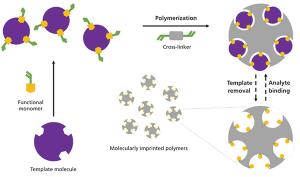
This third in the series of five articles curated by Adrián Fuente-Ballesteros of the Faculty of Sciences at University of Valladolid (Spain)focuses on the blue dimension of white analytical chemistry (WAC), a concept introduced to complement green analytical chemistry (GAC) by incorporating analytical performance (red) and practical and economic aspects (blue).










